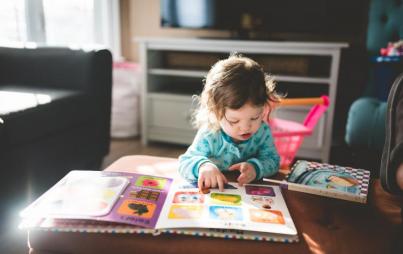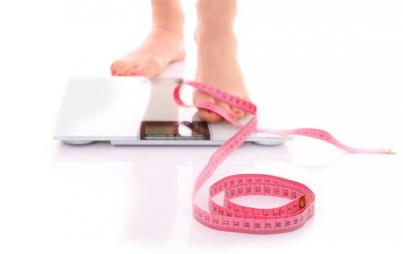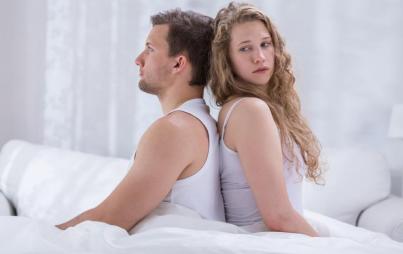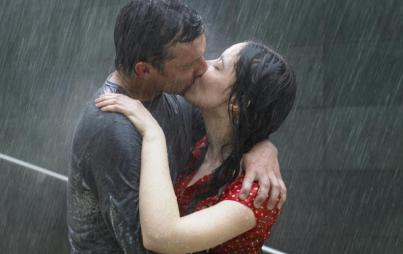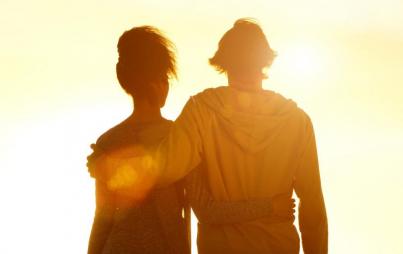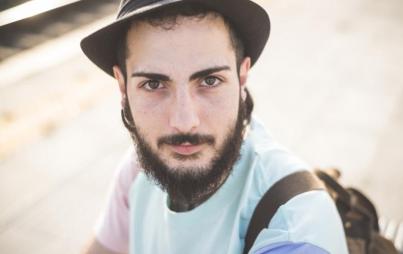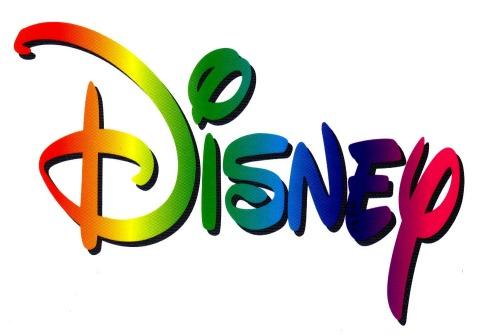
We've often talked about the ways in which the Disney corporation is actually quite gay friendly—despite its notoriously closed-minded, racist creator, that is. As we previously discussed, the president of Disney World is openly gay and the company as a whole has provided benefits to employees' gay partners since 1995 (meaning: they definitely weren't married).
In case you were wondering if that's rare, you'd be right—those kind of benefits are basically unheard of today, let alone in 1995. Currently there's new speculation that Disney has actually been appealing to LGBTQ folks for other reasons too. It's a nice theory, but does it hold up?
The Atlantic took a closer look at the animation behind Disney films to find a correlation between LGBTQ issues and the cartoons. They found that several themes present in the films are also applicable to the struggles faced by queer folks. Case in point: the archetypal lone, societally defiant character who doesn't fit into the mold due to a desire deemed unacceptable by its cartoon community.
For instance:
Mulan
Mulan seriously failed at that whole matchmaking thing. She totes wouldn't make a bride—at least by her community's standards. Instead, she takes her father's place when he's drafted to fight in a war. She disguises herself as a man and finds that she makes a stellar warrior. Yeah she goes back to looking all girly by the end of the film, but she totally excels in a typically male dominated sphere. (And cross-dresses!)
Ariel
Ariel pines to be another damn species throughout the entire movie, even sacrificing her most beautiful asset—her voice!—to get some legs. Remember her obsessive and undeniably creepy hoarding cave? Kinda didn't blame King Triton for smashing that serial killer den.
Pinocchio
Geez, talk about a masculinity struggle. The kid/puppet doesn't know how to be a "real boy" and tries smoking and being a punk in general to compensate.
Eh, to be fair, this character can apply to many different facets of personality. Still, it's nice to think about a confused, ostracized kid watching these beloved films and feeling more comfortable being "different"
But as any former English major could tell you, it's really easy to make a piece of work bend to your interpretative will; you just need some rhetoric, some imagination and a sharp tongue. For instance, take the movie Beauty and the Beast.
Some would argue that female protagonist/princess Belle succumbed to Stockholm Syndrome (psychological phenomenon where a hostage sympathizes with her/his captures) when she fell in love with the Beast. The evidence is there: he holds her captive in the castle and she slowly learns to love him, conveniently before it's too late. The Beast acts abusive, but sparks somehow fly. Wanna sit on Freud's chaise lounge, Belle?
Then again, you could easily make this argument: both Belle and Beast were accustomed to being defined by their appearances. Belle had various expectations as a token hottie with the local hunk Gaston (if a swaggering fathead) gunning for her hand in marriage. Meanwhile the once-handsome Prince-cum-Beast has been living a life shunned for his physical disfigurement. Through each other, they learned to transcend their mortal coils and it was true love. Yay.
And, those are jus two examples; believe you me I could conjur up a whole bunch more. The point is maybe all those latent LGBTQ friendly vibes are merely one gay-friendly way of interpretating these films; it's more than possible Disney didn't ever intend for any viewer to make these connections. But you know what? That's okay.
It's more-than-common for an artist to think they've created one thing, only to have fans go a completely different route—that kind of multi-faceted interpretation is what keeps works alive year after year. (One could even argue—and I suppose we do—that thematic undercurrents may be unconscious by their creator only to bubble to the surface much later.) Even Shakespeare (speaking of the "B" in LGBTQ) made a legend of his works by thriving off ambiguity.
Just because the writers, cast, or the proverbial Disney juggernaut didn't intend a clandestine progressive agenda, it doesn't mean these films can't serve as foundational fodder for LGBTQ self-love; interpret the shit out that stuff if it makes the Kids Alright, you know what we're saying?
Image: Just look—a rainbow. Courtesy of, Wikimedia

